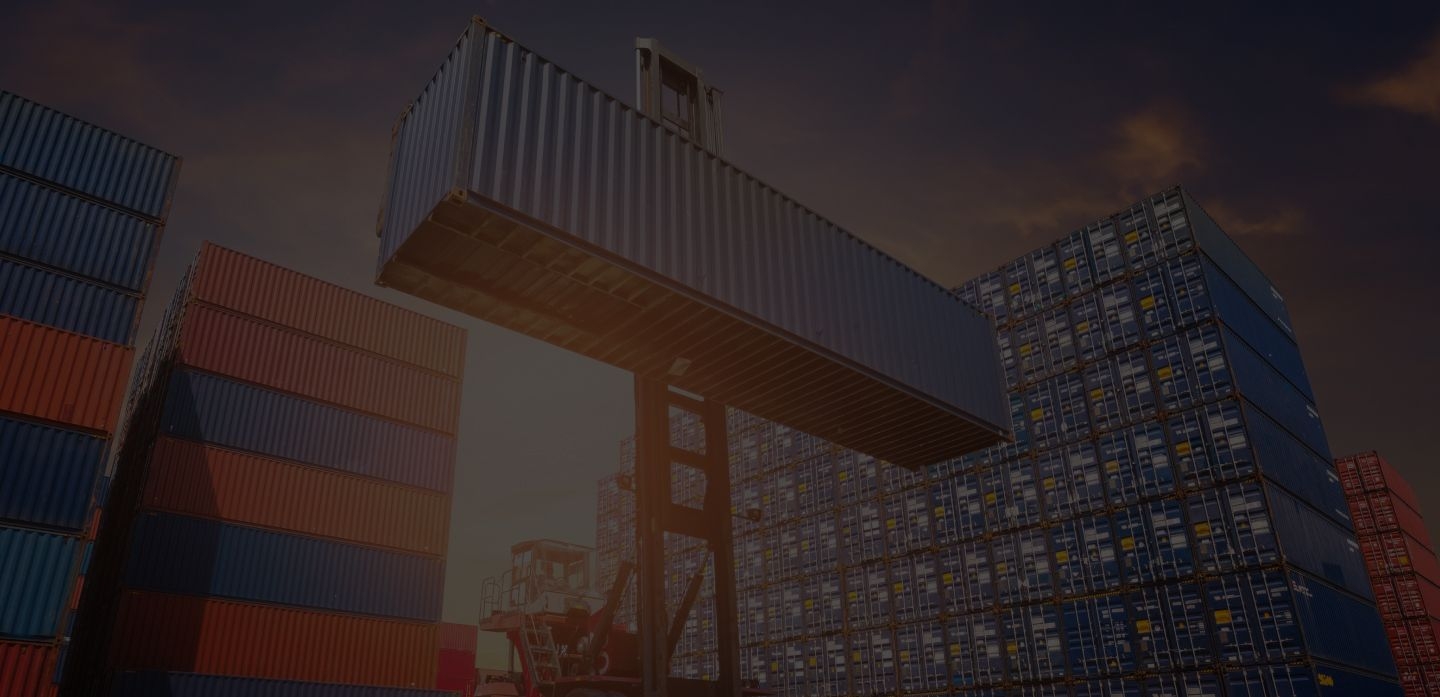
What is Drayage?



![]()
Freight shipping is a complex process. Although a lot of people think that it only involves a ship or plane to transport cargo from one country to another, there are other modes of transportation that make a contribution as well. From transport cars that go through road to drayage.
Drayage is one of the modes of transport in a typical freight shipping process. It provides the necessary link in the supply chain that spells the success of multimodal transport. If you’re asking “what does drayage mean?”, you’ve come to the right place. In this article, we discuss everything you need to know about container drayage.
Container Drayage Meaning
A drayage is a form of trucking service that connects the different modes of shipping (intermodal), such as ocean freight or air freight. It’s a short-haul trip that transports goods from one place to another, usually before or after its long-haul shipping process. Drayage trucks move cargo to and from various destinations, such as container ships, storage lots, order fulfillment warehouses, and rail yards.
Typically, drayage only transports goods in short distances and operates only in one metropolitan area. It also requires only one trucker in a single shift. But despite this, but it plays an important role in long-haul shipping because it gets the goods to the cargo and vice versa. It makes intermodal transport much more efficient and enables the seamless transfer of goods to the end customer.
Although you might have never heard of drayage before, it’s actually not a new concept. Its root word, “dray”, traces back to the early times when horses were used to pull and transport heavy objects and loads. These horses were referred to as drays, which is also the term used to describe their accompanying open-sided cart.
Six Types of Drayage Services
There are six types of drayage services identified by the Intermodal Association of America. These include:
Pier Drayage
Here, the truck picks up the goods from a rail hub and transports them to a pier or dock where they will be loaded onto a ship.
Intra-Carrier Drayage
This type of drayage is short-haul, usually used to transport goods within the transport hub. It’s often used when goods are scheduled to board a plane in another dock or must be taken to the container freight station.
Inter-Carrier Drayage
Inter-carrier drayage refers to the transport of cargo between carriers. This can either be from rail-to-rail, rail-to-sea, or sea-to-rail. For example, goods that are dropped off by ships at the docks are carried by drayage trucks to their scheduled railroad transport. This also works vice versa, wherein cargo that has completed its rail transport is brought to the ocean port where it will be sent to voyage.
Shuttle Drayage
Shuttle drayage is used to temporarily store excess containers that couldn’t fit in docks or shipping hubs. These docks receive various loads a day, but they don’t always have enough ships to carry the cargo. Shuttle drayage keeps these goods safe in storage until the next ship is ready for departure.
Expedited Drayage
This drayage transfers goods quickly where it is needed and is often used to transport cargo where it is needed urgently. Expedited drayage is a faster process compared to other types on this list and is often availed of for quick shipping solutions.
Door-to-Door Drayage
This drayage transports goods from the port directly to the customer’s doorstep. This drayage type is often used in e-commerce situations where door-to-door delivery is offered.
Drayage Fees
Drayage fees are typically included in your overall shipping fee, especially in intermodal transport means. Because drayage is a necessary part of container shipping, carriers will include it in their quotes. Always check with your agent or forwarder.
Final Note
There are various processes and transportation means that complete the intermodal shipping process and contribute to getting your cargo from one place to another. One of these is drayage. Drayage allows a more efficient means of moving cargo and ensures that your goods are transported where they should be at the right time. It connects and links the whole process of container shipping.
Related Articles


